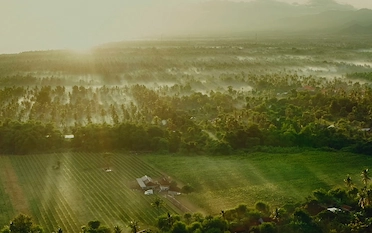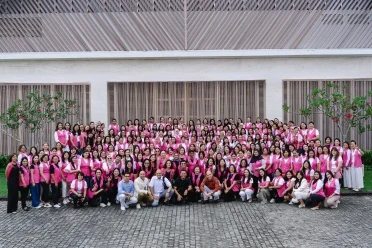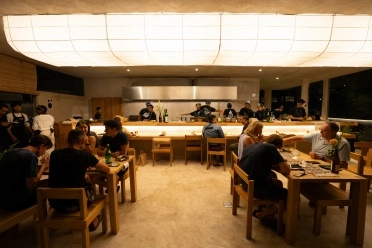Pura Perancak, also known as Pura Gede Perancak, is a remarkable temple located in Perancak Village, part of the Jembrana Regency in West Bali. This temple is revered not only for its religious significance but also for its fascinating history, which intertwines myth, spirituality, and the cultural shifts that occurred in the region. Overlooking the estuary of the Perancak River, the temple stands as a testament to Bali’s deeply rooted spiritual traditions and the profound impact of Hinduism on the island’s cultural heritage.
Pura Perancak: A Journey Through Bali’s Sacred Past
Historical Origins and the Arrival of Danghyang Nirartha
Pura Perancak’s origins are deeply connected to the journey of Danghyang Nirartha, a revered Hindu sage whose spiritual influence is still celebrated throughout Bali. His arrival in Bali, particularly in Tanjung Ketapang, the former name of Perancak Village, marked a significant turning point in the local culture. Following the collapse of the Majapahit Kingdom, Nirartha’s arrival symbolized the introduction of Hindu teachings to the island’s inhabitants during a time of uncertainty.
According to local myths, Nirartha’s journey brought him to the western shores of Bali, where he was greeted with resistance by the village leader, I Gusti Ngurah. The proud and authoritarian leader, reluctant to accept Nirartha’s spiritual authority, demanded that the sage worship in the village temple. However, in an extraordinary display of spiritual power, Nirartha’s prayers caused the stone upon which I Gusti Ngurah sat to break apart, a symbol of the triumph of divine spirituality over arrogance. This dramatic moment led to I Gusti Ngurah fleeing the village, and the temple that now bears the name Pura Gede Perancak was built to honor this event. The word “perancak” itself is derived from the Balinese term “encak,” meaning “collapse” or “break,” referencing the cracked stone that marked Nirartha’s spiritual victory.
Spiritual Significance
Pura Perancak is a significant spiritual site for the Balinese people. Like many temples in Bali, it serves as a place of worship and spiritual reflection. Pilgrims and visitors come to the temple to seek blessings, pay respects to the divine, and immerse themselves in the deep spiritual atmosphere that pervades the area. As a temple established in honor of a revered Hindu sage, Pura Perancak plays a crucial role in maintaining the spiritual continuity of the local community.
What makes the temple particularly unique is its association with the myth of Nirartha and the stone-breaking event. This narrative has become central to the identity of the temple, representing the power of faith, humility, and spiritual wisdom. The temple is not just a place of worship, but a monument to the enduring impact of Nirartha’s teachings on the island of Bali.
Architectural Grandeur
The architecture of Pura Perancak reflects traditional Balinese temple design while incorporating elements unique to its location and history. The temple is adorned with intricate stone carvings–including the crocodile-shaped statue in front of the temple precinct, each telling a story of devotion, myth, and spirituality. The shrines within the temple complex are carefully designed, with attention to detail that reflects the island’s long-standing architectural traditions. Visitors will notice the temple’s traditional Balinese gates, known as candi bentar, which symbolize the passage between the outer, secular world and the sacred inner temple space.
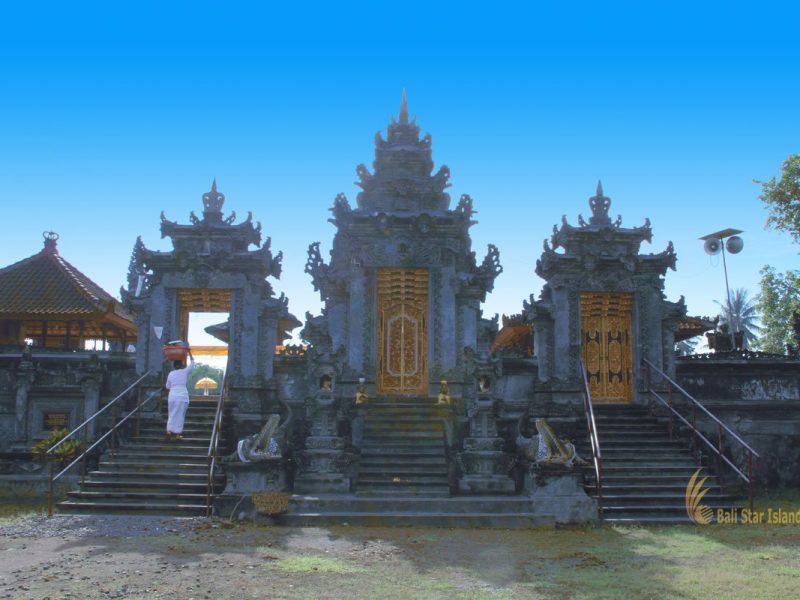
In addition to the carved stonework, Pura Perancak’s setting adds to its grandeur. The temple is located near the Perancak River, with views that stretch over the surrounding landscape. The natural beauty of the area, including its proximity to mangroves and the Bali Sea, enhances the temple’s spiritual atmosphere. The serene environment allows visitors to experience a sense of peace and contemplation, away from the more crowded tourist areas of Bali.
Cultural Importance and Preservation
Pura Perancak is not just a historical and architectural marvel but also a vital part of Bali’s cultural fabric. The temple has been preserved by local priests and village leaders, who continue to honor its spiritual legacy. Daily rituals and ceremonies are performed at the temple, ensuring that its sacred traditions remain alive. These ceremonies are often accompanied by offerings and prayers, reflecting the Balinese Hindu belief in maintaining harmony between humans, nature, and the divine.
One of the key aspects of the temple’s preservation is its connection to the community. Local villagers, as well as pilgrims from other parts of Bali, come to the temple to participate in religious ceremonies, seeking blessings for various aspects of life, from health and prosperity to spiritual enlightenment. The temple also attracts visitors interested in learning more about Balinese culture, as it offers an authentic glimpse into the island’s religious practices.
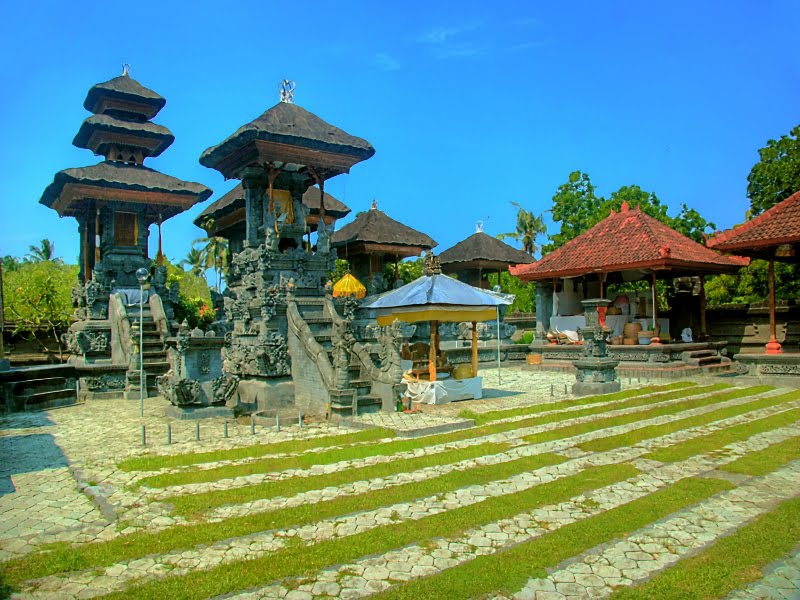
Pura Perancak is best explored in a tranquil state of mind, allowing the history and spirituality of the temple to unfold as you wander through its grounds. From its mythological origins to its architectural beauty, this temple offers a deeply enriching experience that connects the past with the present, inviting all who visit to reflect on the enduring power of faith and tradition in Bali’s cultural landscape.



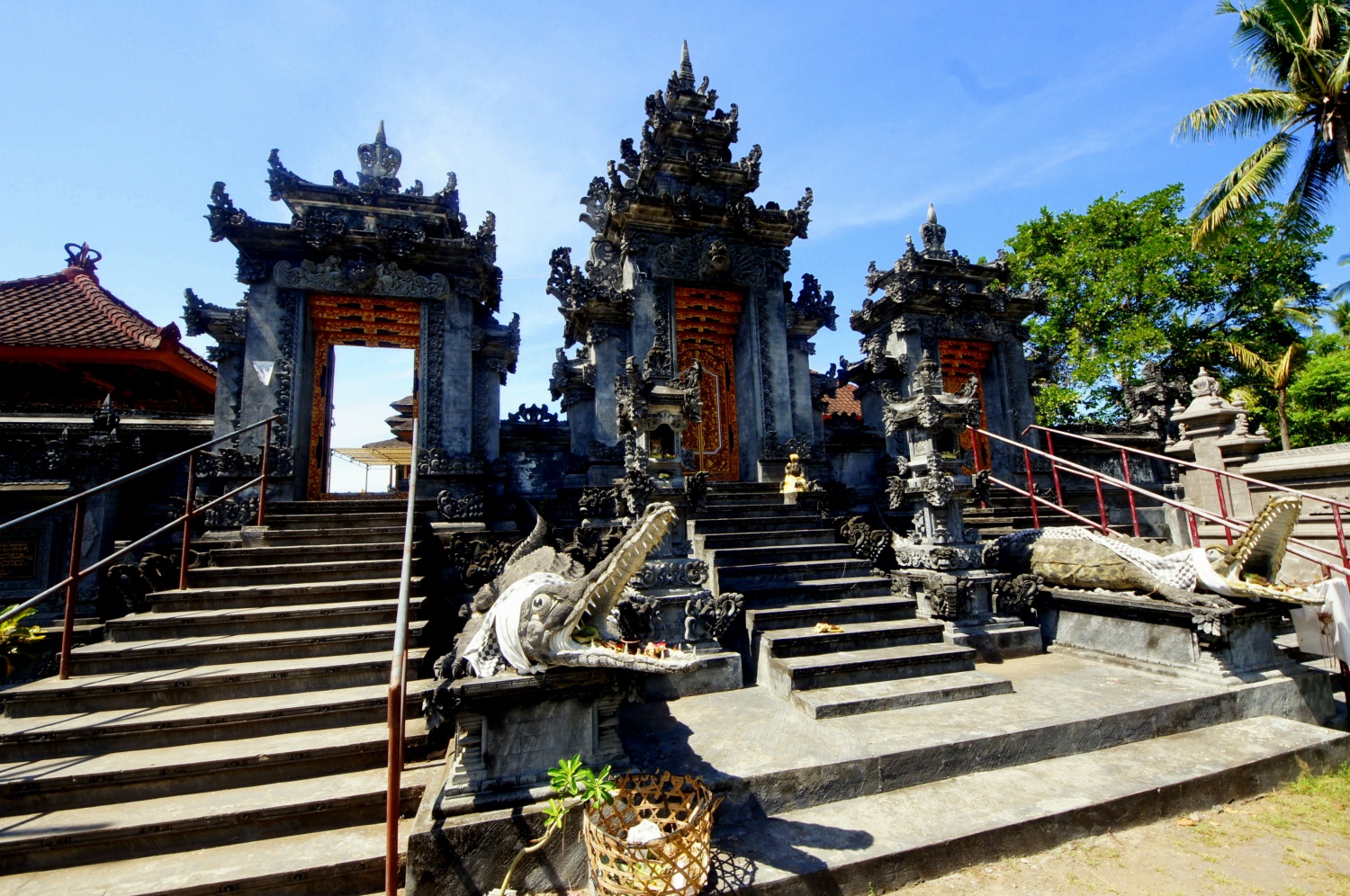
 Billy Bagus
Billy Bagus
 Sep 30, 2024
Sep 30, 2024
